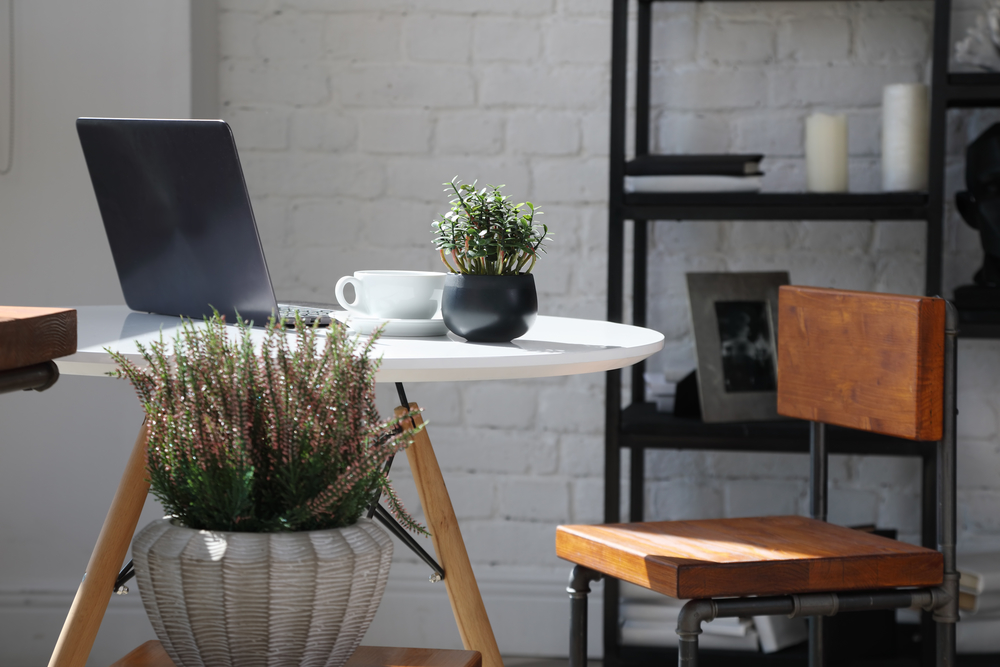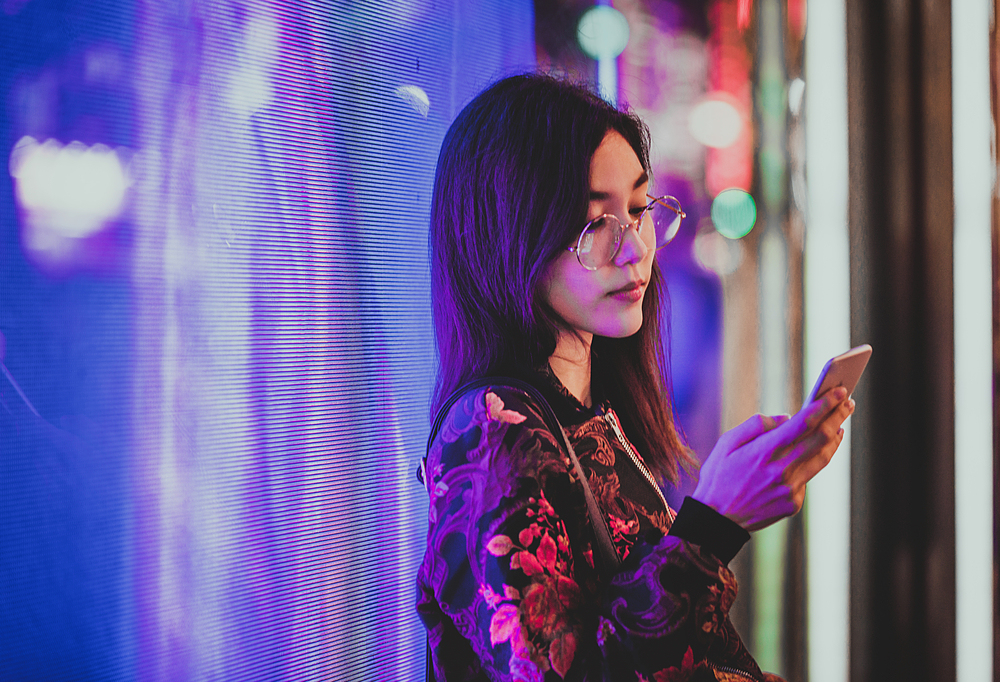All the Unexpected Ways Instagram Has Changed the World
It is not an exaggeration to say that Instagram has turned our lives upside down. Although we might not notice it, the way we communicate with each other and see the world, how we consume and behave in everyday life has dramatically changed since Instagram became a thing. Our travel destinations, marketing strategies and even the quality of sleep are now determined by this powerful network.
To showcase all that impact Instagram has made in the span of 9 years, we’ve made a summary of the ways in which our lives (and the world) have changed.
A brief timeline of Instagram’s evolution
- 2010: Instagram is launched
- 2012: Instagram is bought by Facebook, already with a community of 80 million users
- 2013: Instagram introduces videos and reaches 100 million users
- 2016: Instagram introduces Stories and reaches 500 million users
- 2017: Instagram celebrates 1 million advertisers
- 2018: Instagram introduces IGTV, music in Stories and reaches 1 billion users
It may seem that Instagram has been in our lives forever but in fact, in 2020 it will celebrate only its10th anniversary. Keeping the above-mentioned timeline in mind, let’s take apart the many ways in which Instagram has changed the world.
The establishment of a first global aesthetic
If you type the word ‘Instagrammable’ in Google, you’ll get approximately 3,600,000 results. Going from stationery and clothes to travel destinations and venues, today, people feel like everything that surrounds them has to be picture-perfect. Such a transformation should come as no surprise, as a lot of us are visual learners.
Brands, bloggers, and active social media users are capturing every moment in their lives, thus, establishing one of this year’s major visual trends: the first global aesthetic.
This quickly evolving trend of everything being aesthetically pleasing also has a great impact not only on our routine but also on leisure in general. Take a minute to ask yourself about the artistic choices you make before posting something on Instagram or the images you see every day when you scroll through your feed. Those choices are exactly the details that contribute to this quick approach of the Instagram aesthetic.
The change in leisure behaviour
For many people, Instagram is both an entertainment and educational platform. People share events from their lives but also consume news, goods, and services. To a great extent, this type of consumption culture helps make decisions on things like travel destinations which lately are often suggested by the Instagram feed.
To travel for the sake of discovery is not popular anymore. When choosing a destination, many social media users (and especially influencers) pay attention to what has already been explored and how Instagrammable it is. Are there beautiful streets to capture the strolls? What about a stylish hotel with panoramic windows or a Parisian-style balcony? Or maybe there are outstanding museums and galleries to check in with?
Working on a country’s brand, tourism offices invite influencers with a large number of followers and immerse them in the brightest experiences. Influencers are asked to share their adventures on Instagram, in turn, advertising the destination and increasing tourism to the country through exposure.
A striking example of such a strategy is ‘Visit Dubai’ – an official tourism account that has successfully engaged influencers from all over the world to promote the Emirate of Dubai.
https://www.instagram.com/p/Bu2AEiMgUPU/
Influencers come to replace bloggers
We often hear that theatre and TV will die and people will be replaced by robots. The future is near – the bloggers and their platforms that have been so revolutionary in the 90s are getting replaced by social media users, and Instagram users in particular.
There’s no more need to have a separate platform hosted with the world wide web, as written in Wikipedia. Instagram is a combination of everything: it has a space for visuals, text and is an easy-to-pop-in marketplace. The elimination of a blog as it is fosters the fact that you cannot insert a link into caption and you can only add a link to an Instagram Story if you have 10K followers. Thus, for bloggers with separate platforms, it gets more difficult to keep up. Influencers end up stealing the show.
Although these words are used as interchangeable, there’s actually a difference between a blogger and an influencer. A blogger is a person who writes for a blog, while an influencer is an individual who has expertise in a particular niche, has a fair number of followers and, thus, has an impact on follower behavior.

The revolution in marketing
Speaking about the revolution in marketing, it is important to mention that it is tightly connected to this emergence of social media influencers.
Although brands still continue to advertise in a traditional way, influencers help to establish campaigns directly on Instagram. For businesses, it becomes much easier and cheaper to reach their target audience this way. Growing incredibly fast, a separate ‘influencer marketing’ industry appeared and in 2018 it was worth $4.6 billion, according to the 2019 Influencer Marketing Benchmark Report. What’s even more interesting, more than 70% of businesses measure their return on investment and other metrics on their influencer marketing.
One can’t but mention the emergence of computer-generated or virtual influencers. For instance, Lil Miquela whose account was launched in 2016, and currently has 1.5 million followers, and a large choice of the world’s leading brands wishing to collaborate with her.
https://www.instagram.com/p/BxbCWoaHc-j/
Psychological influence
Although we often talk about the advantages that Instagram has brought to our lives, it is crucial to emphasise that there are negative effects as a result of these major influences and changes.
The first thing to mention is the FOMO – the fear of missing out, from which more than half of social media users suffer, according to the MyLife.com report. Although often used as a marketing and copywriting tool,, it is a serious problem for users, as once they realize that something interesting happens and they are not aware of it, they get anxiety and depression.
According to the #StatusOfMind survey, anxiety is not the only disadvantage. Young people who spend more than two hours a day on Instagram or other social media, are more likely to report poor mental health that lead to a range of serious disorders. For instance, anxiety and depression influence the quality of sleep. The lack of sleep affects general wellbeing, a person feels tired and has difficulties coping with daily life.
However, this is not the end. Another study has shown that individuals that take a lot of images remember less than those who observe. In short, one can say that people rely on camera ‘remembering’ the moment instead of our precious memories, which to a large extent was provoked by the desire to share every single moment of their lives with users.
Wow! Back in 2010, who could have ever thought that an app would so dramatically change the world? Influencer marketing, aesthetically pleasing shops and restaurants, new travel destinations and, unfortunately, new challenges are the things our lives consist of right now.
We are looking forward to discovering even more hidden ways in which Instagram has invaded our habits, communication, and everyday life. What else comes to your mind? Share your thoughts in the comments section below.
By the way, here are a couple of articles that will definitely be useful for your social media presence this year:











